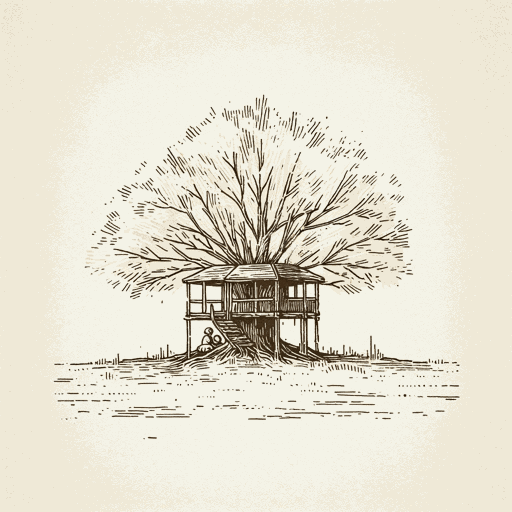59 pages • 1 hour read
Jason RekulakHidden Pictures
Fiction | Novel | Adult | Published in 2020A modern alternative to SparkNotes and CliffsNotes, SuperSummary offers high-quality Study Guides with detailed chapter summaries and analysis of major themes, characters, and more.
Background
Literary Context: The Modern Horror Genre
Hidden Pictures pays homage to familiar horror tropes but finds new ways to explore and expand them. In the case of Hidden Pictures, one of the most classic tropes of all is at the heart of the story: the sensitive child who may or may not be in contact with the spirit world.
Shirley Jackson’s The Haunting of Hill House, published in 1959, is a central example of this trope. Much of Stephen King’s work is—by his own words—indebted to Jackson. Books like It and The Shining make the fact that children can see through the veil of the supernatural in ways that adults cannot their major sources of tension and conflict. William Peter Blatty’s novel (and film) The Exorcist caused horror and controversy in audiences of the time precisely because of the child’s proximity to the supernatural. M. Night Shyamalan reinvigorated this formula with The Sixth Sense, in which the main character—a young boy—sees dead people, even though no one else around him can.
The idea of a child being in touch with mystical realms can be traced back to changelings in folklore. Changelings occur in many different cultures’ myths, most famously in Scandinavian and Irish countries.

